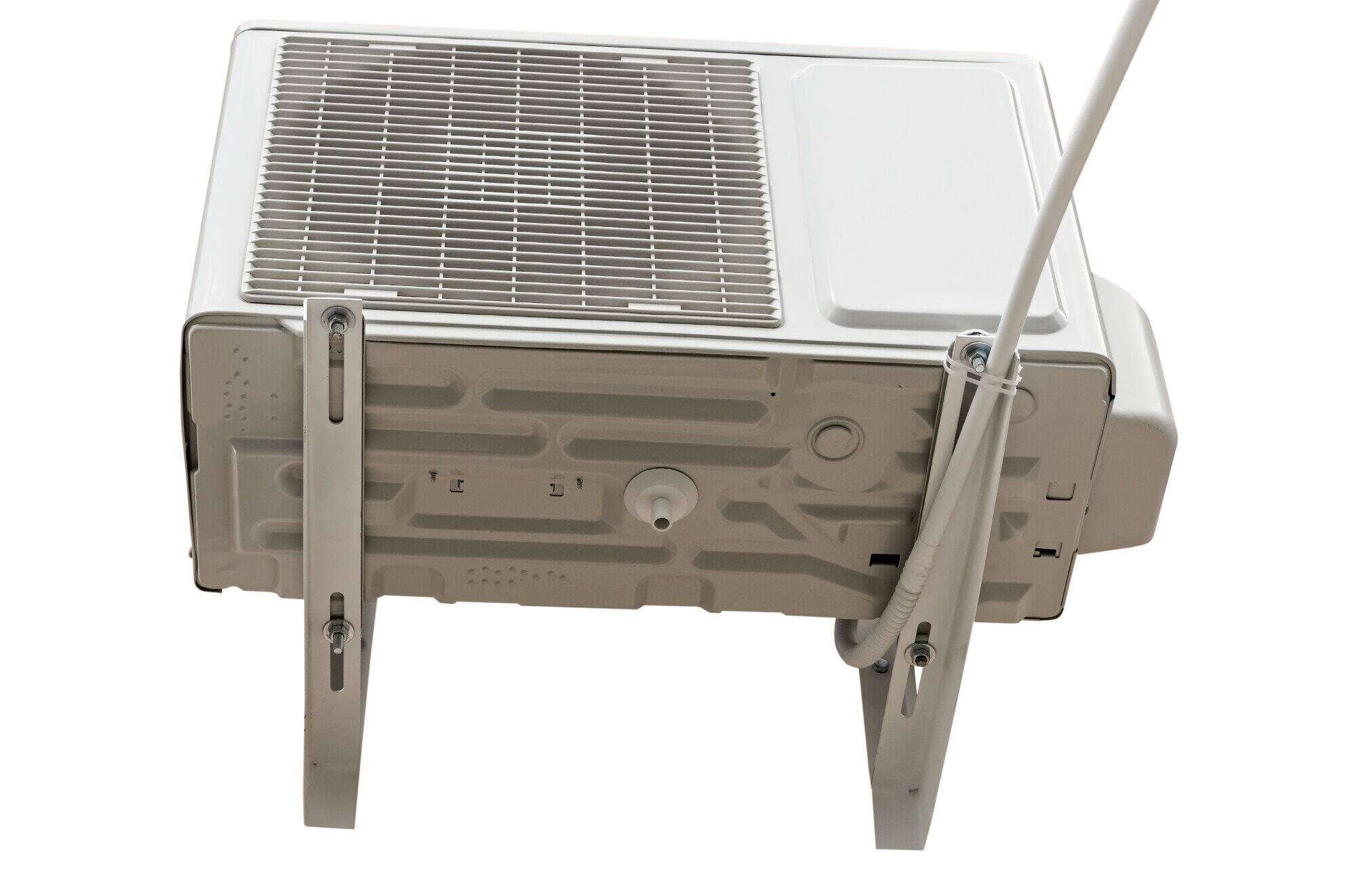Do you ever wonder what happens to your money after you put it in a bank?
For many people, it feels like their money disappears into a system far away. Credit unions offer something different and closer to home. They focus on people and give back to the community they serve.
Whether it is helping small businesses grow or families reach their goals, they put members first. This article looks at how credit unions support and strengthen local communities.
Affordable Services
Credit unions are known for offering lower fees and better rates than traditional banks. This makes them attractive to people who want to save money on everyday financial needs. From checking accounts to car loans, the focus stays on keeping costs fair and manageable.
Because they do not have to answer to outside investors, credit unions can pass savings back to their members. They reinvest earnings into improving services and lowering rates. This creates a cycle where members directly benefit from the success of their own institution.
Members can also take advantage of online banking, making it easy to manage accounts, transfer funds, and pay bills from anywhere. This flexibility adds convenience while keeping essential services affordable and accessible.
Financial Guidance
Many credit unions offer free or low-cost programs to help members learn about money management. These programs cover topics like budgeting, saving for emergencies, and improving credit scores. The goal is to give people tools to make better financial decisions.
Workshops, one-on-one counseling, and online resources are common methods they use. These services can be especially helpful for young people starting their financial journey. By focusing on education, credit unions build stronger and more confident members.
Support for Neighborhood Growth
Credit unions often provide loans and resources that help small businesses get off the ground. These businesses create jobs and strengthen the local economy. By backing entrepreneurs, credit unions invest directly in the future of their community.
They also support housing projects, community centers, and local events. These efforts create a sense of connection and pride among residents. When credit unions give back, neighborhoods become more vibrant and resilient.
Building Trust and Belonging
Credit unions thrive on personal relationships with their members. Unlike large banks, they often know their members by name and understand their unique needs. This sense of connection creates loyalty and trust that goes beyond financial services.
Members also feel a sense of ownership since they have a voice in how the credit union operates. Each person gets an equal vote, no matter how much money they have on deposit. This shared structure builds belonging and reinforces the idea of community working together.
Access to Fair Credit
Credit unions give people fairer access to loans compared to many traditional lenders. They are often more willing to work with members who have limited credit history or face financial challenges. This approach helps more people achieve goals like buying a car or starting a business.
Fair lending practices reduce the burden of high interest rates that can trap people in debt. Instead, credit unions focus on offering terms that members can manage. This makes credit a tool for growth rather than a barrier.
Local Decision Making
Because credit unions are rooted in their communities, decisions are made close to home. Leaders understand local challenges and create solutions that fit the area’s needs. This keeps services relevant and responsive.
Local decision making also means funds are used in ways that directly support the community. Money deposited by members goes back into local projects and loans. This keeps financial resources circulating where they matter most.
Encouraging Saving Habits
Credit unions make it easier for people to build savings. Many offer simple savings accounts, automatic deposits, and incentives for reaching goals. These tools encourage steady growth of personal funds.
By promoting savings, credit unions help members prepare for unexpected expenses. They also encourage long-term financial health through retirement and education accounts. Saving becomes less of a struggle and more of a habit.
Supporting Financial Inclusion
Credit unions often serve groups who are overlooked by larger banks. This includes immigrants, low-income families, and rural communities. By providing fair services, they ensure more people can participate in the financial system.
Inclusion goes beyond just opening accounts. It means offering programs in multiple languages and designing products for specific community needs. This focus breaks down barriers and creates equal opportunities.
Community Partnerships
Many credit unions work with local schools, nonprofits, and organizations. These partnerships expand their impact beyond financial services. Together, they create programs that benefit the broader community.
From scholarships to charity drives, these efforts show a commitment to social responsibility. Partnerships also strengthen networks within the community. When groups collaborate, resources stretch further and reach more people.
Stability During Hard Times
Credit unions often step in to support members during crises. They may offer emergency loans, skip-payment options, or relief programs after disasters. This flexibility helps people stay afloat when life becomes difficult.
Their member-first approach makes them more responsive than larger financial institutions. Support in hard times builds lasting trust between credit unions and the communities they serve. Members know they will not be abandoned when they need help most.
Promoting Local Identity
Credit unions reflect the culture and values of the communities they serve. Their programs and services often highlight local traditions and priorities. This makes members feel connected on a deeper level.
They may sponsor local festivals, sports teams, or cultural events. These activities reinforce pride and identity in the area. A credit union becomes more than a financial service-it becomes part of the community’s story.
Stronger Together Through Community Finance
Communities do better when people have fair and helpful financial choices. Credit unions show that banking does not need to feel distant or cold. They prove that money can serve people in real and personal ways.
By keeping money close to home, credit unions spread benefits across neighborhoods. They show us that when resources stay local, communities can grow and thrive together.
We hope you enjoyed reading this article. If you found it helpful, be sure to check out our blog for more informative resources.































































